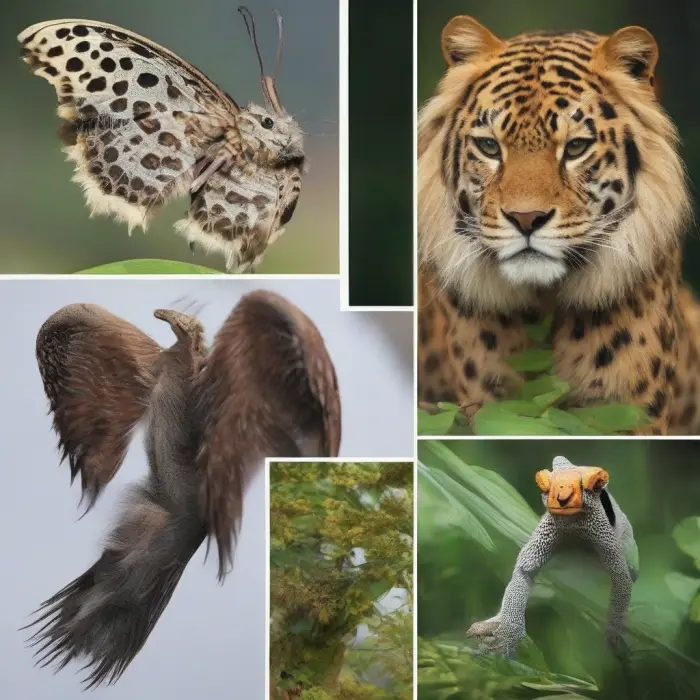Fascinating Facts About the World's Most Endangered Species
The world is chock-full of a diverse range of animal species, each with its own unique traits and characteristics. Unfortunately, various factors such as climate change, habitat loss, hunting, and pollution have placed many of these species at significant risk. Below, we delve into some fascinating facts about the world's most endangered species, shedding light on the importance of their preservation for the planet's future.
The Vaquita
Considered the world's rarest marine mammal, the Vaquita is on the edge of extinction. Found only in the northern Gulf of California, there are an estimated ten or fewer Vaquita left. Illegal fishing operations in marine protected areas have significantly endangered this porpoise species.
The Amur Leopard
A solitary, nocturnal leopard that is adapted to life in the cold, snowy environments of the Russian Far East, the Amur Leopard is listed as critically endangered. With less than 100 individuals remaining in the wild, this graceful feline is one of the world's most endangered big cats.
The Sumatran Orangutan
The Sumatran Orangutan, listed as critically endangered, is a native of the Sumatra island in Indonesia. It is one of the world's great apes and is distinct from the Bornean Orangutan. There are only about 14,000 Sumatran Orangutans left, their populations having been decimated due to habitat destruction, especially because of palm oil plantations.
Black Rhinos
Having roamed the earth for 5 million years, Black Rhinos were nearly driven to extinction by the 20th-century poaching crisis. Intense conservation efforts have seen their numbers improve slightly, but the species remains critically endangered, with three of its subspecies already considered extinct.
Hawksbill Turtle
Hawksbill Turtles, known for their beautiful, colourful shells, are critical to maintaining the health of coral reefs. However, they've been labeled as critically endangered due to human activity — particularly fishing and the global trade in their shells.
Javan Rhino
The Javan Rhino is the most threatened among the five rhino species, with only 58-68 individuals left, all residing in Ujung Kulon National Park in Indonesia. Their population decline is largely attributed to poaching, while their survival is threatened by diseases and tsunamis due to their inhabitance in just one location.
Each of these species, like all ecosystems' occupants, plays vital roles in maintaining the balance of their habitats. Their endangerment or potential extinction could have unforeseen detrimental effects on our environment. As such, it's critically important to continue conservation efforts and promote sustainable practices that respect and preserve all life forms.










